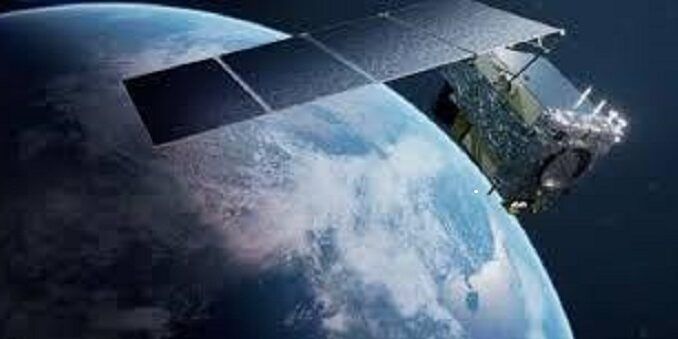
China’s atmospheric environment monitoring satellite and terrestrial ecosystem carbon monitoring satellite have been officially put into operation, the China National Space Administration (CNSA) said on Thursday. Air pollution, greenhouse gases and forests among monitoring targets.
During their in-orbit testing, these satellites demonstrated favorable application results across multiple areas, including ecological environment, forestry and grassland, geographic surveying, meteorology, agriculture and emergency disaster response, according to an official of the CNSA.
The two satellites will provide crucial data to effectively address global climate change and support China’s goals of achieving carbon peak and carbon neutrality.
The atmospheric monitoring satellite is the world’s first to utilize active laser detection, employing a combination of active laser, hyperspectral, multispectral and high-precision polarization techniques for comprehensive observation, according to the CNSA.
It is capable of conducting extensive, continuous, dynamic and round-the-clock comprehensive monitoring of atmospheric fine particulate matter, pollutants, greenhouse gases, clouds, aerosols, as well as environmental elements such as land surfaces and water bodies.
Additionally, it has for the first time achieved global round-the-clock high-precision detection of carbon dioxide column concentrations at 1 PPM.
The terrestrial ecosystem carbon monitoring satellite, also known as “Goumang” (named after the ancient Chinese god of spring, growth and life), is the world’s first remote sensing satellite for forest carbon sinks combining both active and passive observation methods, the CNSA said.
It employs a range of remote sensing methods, including laser, multi-angle, multispectral, hyperspectral and polarization techniques, to detect vegetation biomass and productivity, and monitor atmospheric aerosol distribution.
It also meets the needs of geographic surveying, disaster assessment, and agricultural remote sensing.
“Goumang” has achieved quantitative remote sensing detection of forest vegetation height, biomass, and chlorophyll fluorescence, enhancing the forest carbon sink monitoring capabilities of both China and the world.
The CNSA will further explore the satellite application scenarios, enhance the overall application effectiveness, and promote the sharing and utilization of satellite data resources.
China successfully launched the atmospheric environment monitoring satellite on April 16, 2022, and the terrestrial ecosystem carbon monitoring satellite on Aug. 4, 2022, both from the Taiyuan Satellite Launch Center in northern Shanxi Province. ■
Source: Xinhua, July 25, 2024. https://english.news.cn/20240725/758737764dac4144963c4215ba46df60/c.html